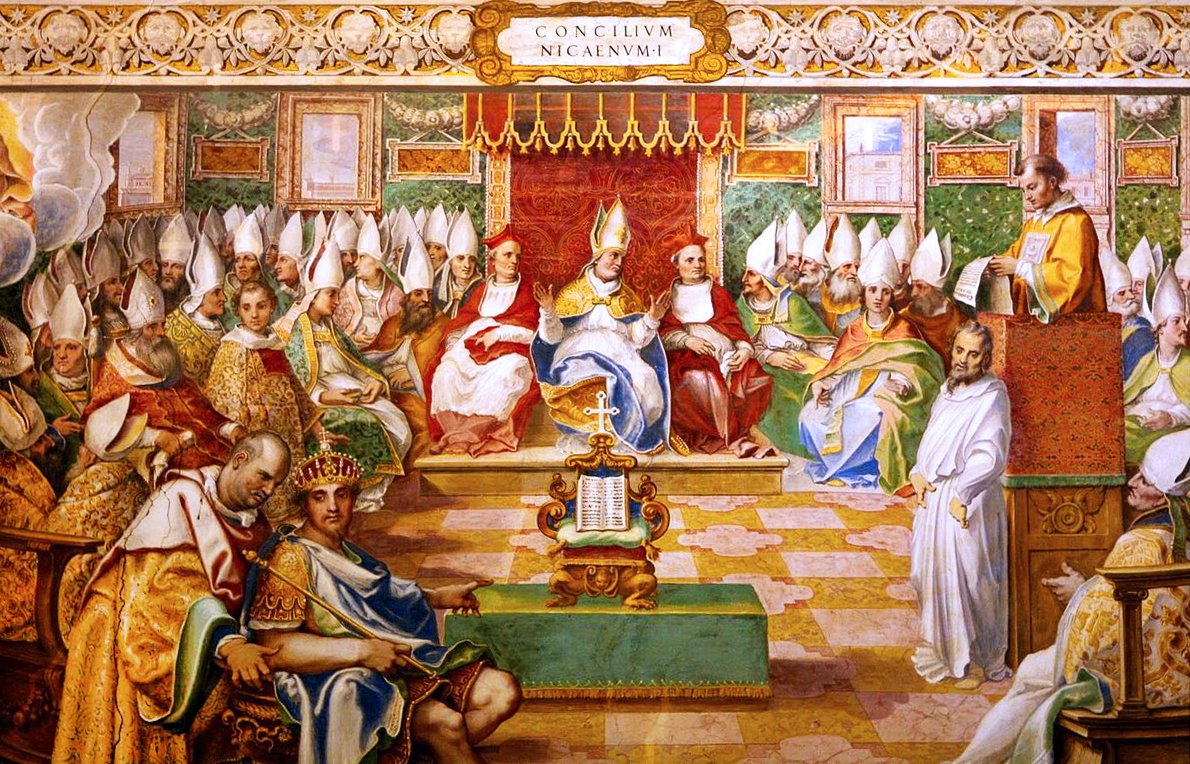The Papacy of the Roman Catholic religion is an ancient institution that is charged with leading and guiding its worldwide population in their spiritual lives. Throughout the many years of the papacy there have been good Popes and some whose behavior was bizarre, ruthless and decadent. In this multipart series, the Italian Tribune will feature a chronological review of twelve of the most controversial Popes – the ‘Dirty Dozen’ as it were, or as we prefer to term them “The Most Notorious Popes.”
Today the Pope’s power is through symbolism and the historical importance of the Papacy. However, things weren’t always this way. During the spread of Christianity throughout the western world after the death of Christ, the Papacy became increasingly powerful. Once the various rulers and monarchs of Europe and the Middle East began to convert to Christianity, the Pope essentially had de facto control over the numerous newly-converted Christian kingdoms. The east-west schism that began in 1053 effectively split Christianity in two. The Pope became the head of the newly created Catholic sect of Christianity based in western Europe, while those in the east formed the orthodox Christian religion, turning their back on the Papacy.
Throughout much of the next 1,000 years, it was the Catholic Pope who controlled and influenced much of the secular and political activities of western Europe, which was quickly establishing itself as the most powerful group of states on Earth. Since the Pope had so much influence throughout the region, whoever was selected to be Pope was for all intents and purposes the most powerful man on the planet.
Naturally, power attracts corruption and some of the Popes of old were neither merciful nor humble. Some of Popes gained their power through political manipulation, corruption or outright murder. Although some of the papacies are times that the Catholic Church would rather we forget, the history of is nonetheless fascinating.
Since our list is featuring the pontiffs in chronological order, the first on the list is Pope Liberius who reigned from 352 to 366. One clear indication that he was not up to the standards established by many of his predecessors was that Liberius was the first Pope who was not canonized a saint, although curiously, he is a saint in the Eastern Orthodox Church. He reigned during the height of the Arian crisis. This was an enormous controversy and involved the question of whether Jesus was the Son of God or was he merely a man. There was a significant number within the Church that subscribed to the latter. Here is how the story unfolded. Constantine I was the first Roman Emperor to convert to Christianity. He was influential in the proclamation of the Edict of Milan in 313, which declared religious tolerance for Christianity in the Roman Empire. He called the First Council of Nicaea in 325, at which the Nicene Creed was adopted by Christians. When Emperor Constantine I died, his sons Constantius II, Constantine II and Constans ascended to the throne. When Constantius II assumed sole rule following the deaths of his brothers, he threw the Church into chaos by proclaiming the Council of Nicaea to be null and void, thus the Emperor proclaimed that it would be heresy to preach that Jesus was the Son of God. It was the responsibility of Pope Liberius as the head of the Church to have opposed the Emperor. Instead, the Pope waffled on the point. The Arian heresy was fought against by the Patriarch of Alexandria Saint Athanasius. Pope Liberius, rather than defending Athanasius, signed a document that condemned the future Saint. Nearing the end of his pontificate, Liberius recanted his signature and reinstated Athanasius. In 366, Pope Liberius died and was succeeded by Pope Damasus, a man of strong character and holy life.
While the Pope Liberius did not embrace the Arian heresy himself, he did nothing in his power to put an end to it. In bowing to the Emperor, he weakened the Pontificate, just as it had been gaining momentum. His reign did nothing to stop the confusion spreading throughout the Church. Unlike some of his successors, Liberius wasn’t an evil man, he was just a very poor leader at a time when the Church required strength and conviction. Perhaps ‘notorious’ isn’t the best description for this Pope, but his poor judgment and lack of strength left a legacy of confusion among the faithful of the Church that lasted for decades.
Next on the list is Pope Honorius I, who reigned some three hundred years after Liberius, from 625-638. He came from Campania and was the son of the consul Petronius. Honorius became Pope two days after the death of his predecessor, Boniface V. This obscure Pontiff lacks the lurid luster of the Crusades and the Inquisition in the anti-papist’s arsenal. While Alexander VI Borgia and other notorious Renaissance Popes rate high among those who are historically reviled, Honorius trumps his colleagues in that his problem was dogmatic, not merely behavioral. By all contemporary accounts, Honorius’ personal conduct was beyond reproach, but his sincere attempts to resolve a controversy resulted in one brief statement, a mere sentence, that many see as the destruction of the idea of papal infallibility and even of papal supremacy!
The heresy in question was whether Jesus was of human nature and divine or the orthodox belief that Jesus was both fully God and fully man. In 635, Patriarch Sergius of Constantinople wrote to Honorius asking him to decide the question that was causing much division among Church members at the time. Honorius wrote back that all discussions should cease. His reply indicated that Jesus did not have two conflicting wills, but one, since Jesus did not assume the flawed and impaired human nature tainted by Adam’s fall, but human nature as it existed prior to Adam’s fall. Instead of clarifying the view of the Church, Honorius destroyed one of the pillars of Christian faith. In one fell swoop, the Pope in his communication denied the divine nature of Christ – this did not sit well with future generations! The Pope was condemned and excommunicated for heresy by the sixth general council in 680, more than 40 years following his death. His lack of action was so scandalous that for three centuries, each new Pope had to state at his coronation that he:
“smites with eternal anathema the originators of the new heresy, Sergius, etc., together with Honorius, because he assisted the base assertion of the heretics.”
The Roman Breviary contained the condemnation of Honorius on the Feast of St. Leo II, right up until the 18th century. So for more than a millennium following his death, his name was cursed by every new Pope. Now that is notorious!





